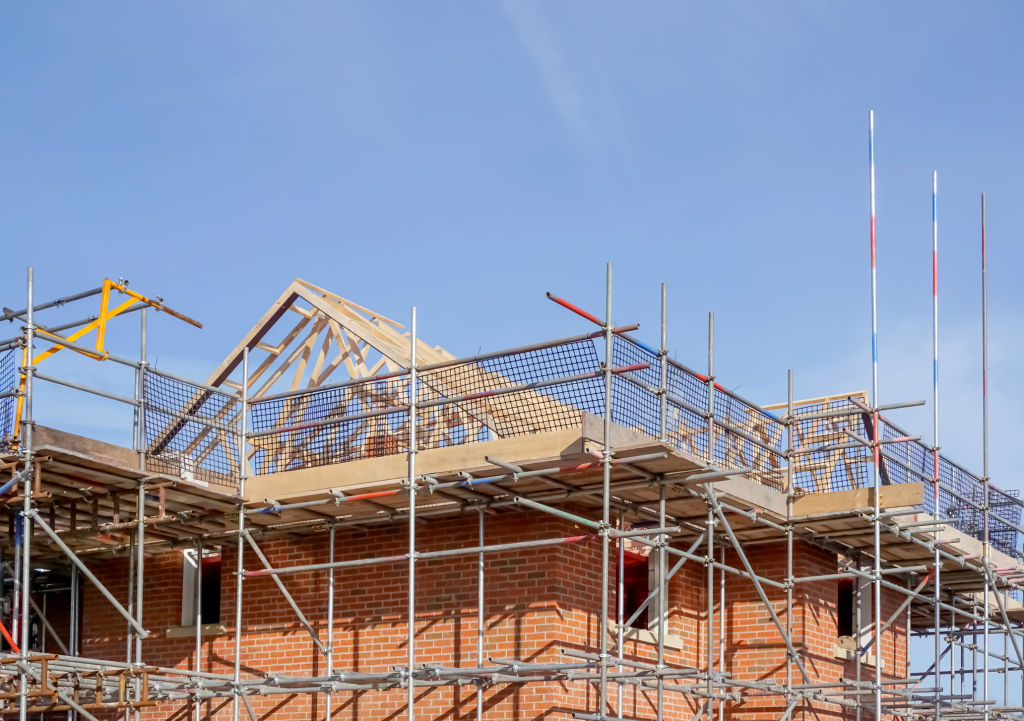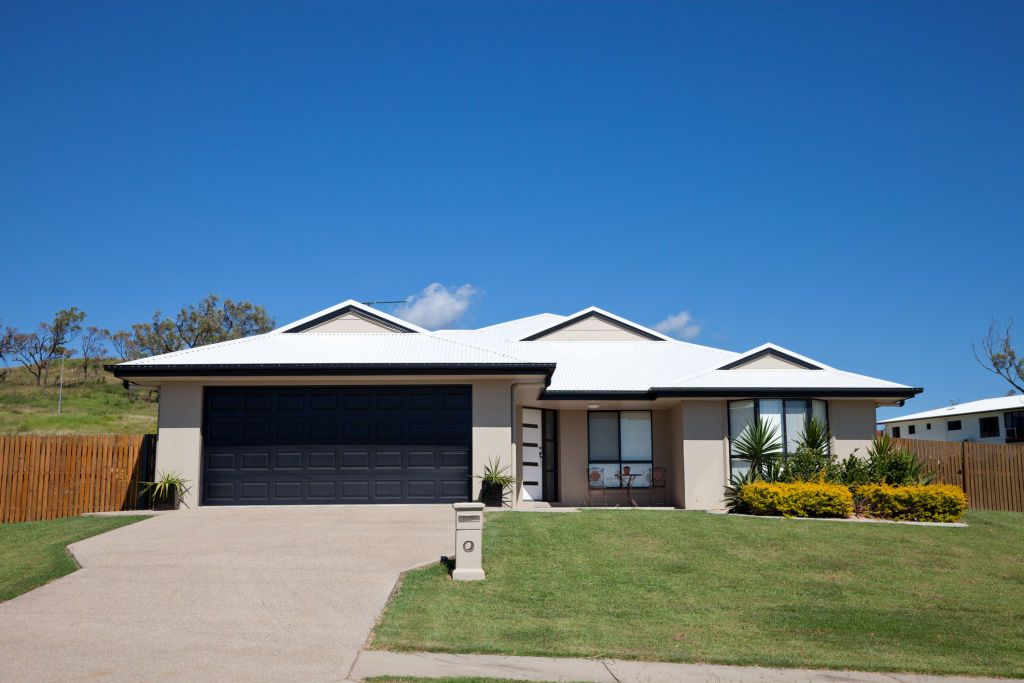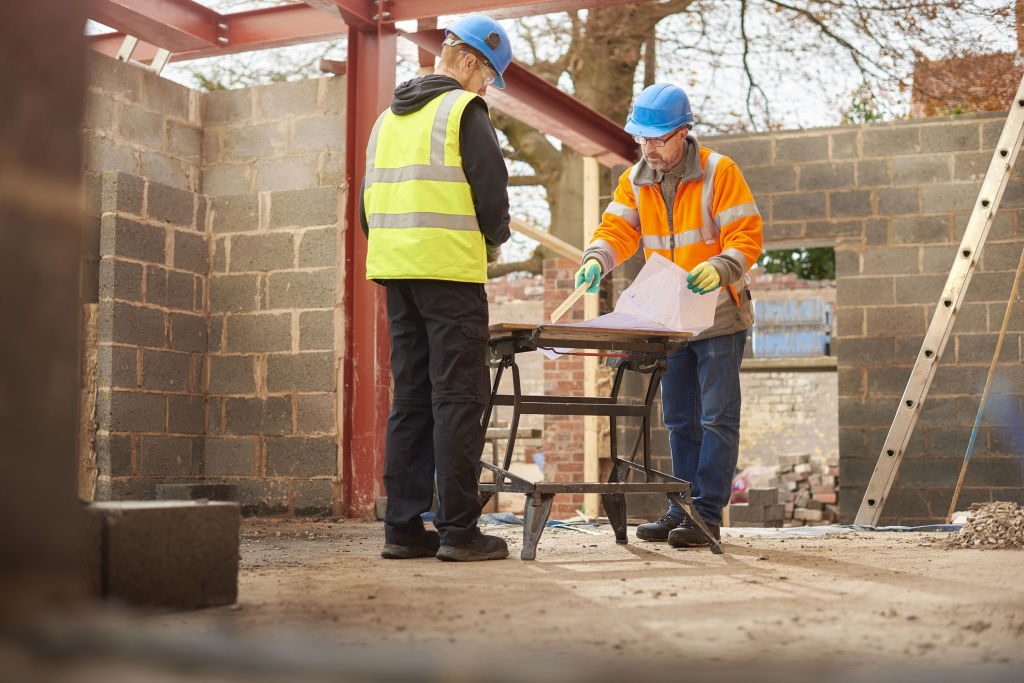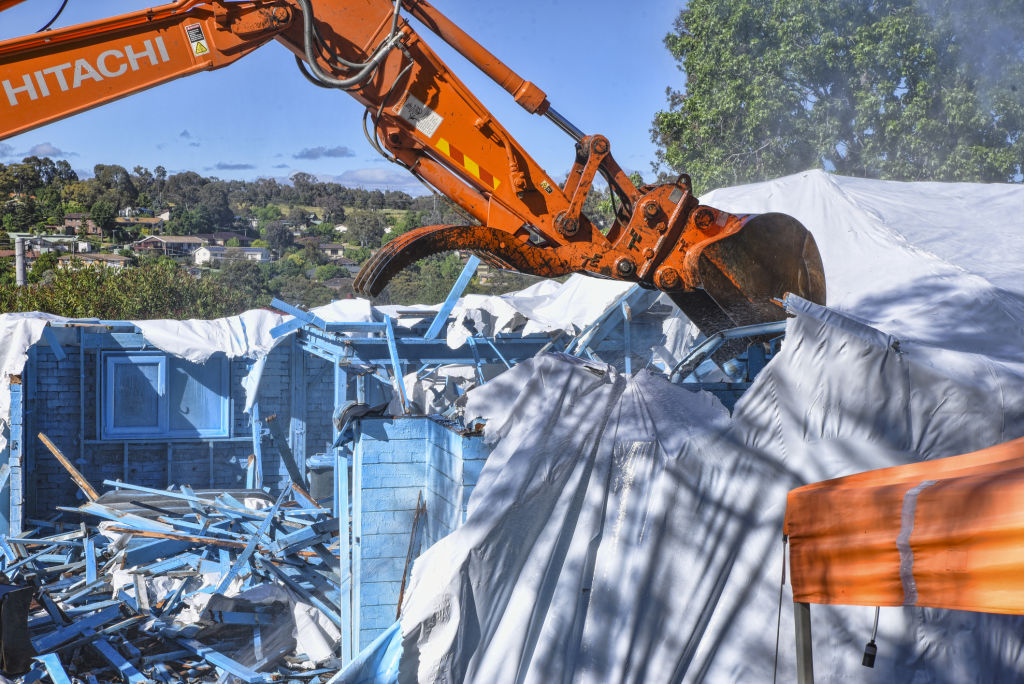Five common causes for budget blow out when building a new home

Building a new home is a little like a marriage. When you start, you’re starry-eyed, romantic and full of passion and hope. As the weeks wear on, and difficulties arise, you suddenly begin to worry about whether you’ve done the right thing.
“That’s why you have to go into it just like a marriage, with a really clear-eyed view of what it’s going to be like,” says Dale Anderson, chief executive of builders Urban Vision Group. “You can feel warm and fuzzy, but there’s no substitute for really understanding what you both want, what can be realistically achieved, and what should never be left open to interpretation.”
Only then can you hope to live happily ever after, or with a fabulous new home that comes in on time, and on budget, avoiding the five common causes of a budget blowout when building a new home.
1. The scope of works isn’t adequately established
This is one of the most common problems, says Brian Seidler, executive director of the Master Builders Association of New South Wales. People are often in such a hurry to have work start on their dream home; they don’t properly examine everything that needs to be done and then try to add them on later.
“They might add in driveways later as, at the start of the process, they thought they might do them themselves, but then decide they want those done too,” he says.
“But they might then realise they can’t get home-warranty insurance which could have an impact if they sell down the line and, by then, access to the back can be a problem, as all the work at the front is done. So that becomes another big issue and can prove expensive.”
And don’t just rely on hand-shake agreements, recommends Dale Anderson. If there is a disagreement, that can too quickly escalate into arguments about what you both said about the scope of work.
“Get everything in writing,” he urges. “Understand what your build is about, and if you can’t, employ someone to sit in meetings on your behalf, or ask a savvy friend to do it. It’s important to understand what’s being agreed to and what it includes, and doesn’t include.”

2. The project takes longer than expected
Often drawing up schedules and sticking to them comes down to the amount of research done beforehand, and then good and meticulous planning. If a project drags on, however, that can prove nightmarishly expensive, with interest mounting on any loans or bridging finance, and higher alternative living expenses.
“Hopefully you’ll be using someone who will draw up a realistic budget and who’s done all the homework about the problems that might come up to delay any work,” says home building specialist Guy Allenby, with Refresh Renovations.
“But they should always factor in a contingency amount for a cost blow out of maybe 10, or if you can afford it, 20 per cent because there always are so many unknowns. For instance, what is the weather going to do? And no one can do anything about that!”
It might help, Allenby suggests, to schedule work around the driest month, September, but there are no guarantees. “People build at a time when maybe they’ve put the money together, when good builders are available and when it suits them,” he says.
3. Changes are made in the middle of the project
One of the absolute worst things you can do for your budget is to change your builder half-way through a project. Ask publishing consultant Kylie Ahern, who changed hers mid-way through a building project in Newtown, and suddenly an eight-week build stretched into an agonising four years.
“It was an absolute nightmare,” she says. “I had a bad builder, to begin with, and then it was so disruptive trying to get out of the contract. I’d advise others to make sure they’ve taken on a good builder, and not just one that a friend has used.”
“You need to go out and look at a number of builds he’s done before and see how they’ve gone. It’s equally important to have an architect you trust and who knows how to manage the builder. And also, pay for legal advice upfront before you sign the contract, to make sure you can cancel it if you need to.”
Problems, and then the budget, can quickly escalate out of control if plans are suddenly altered, the design is redrawn, the architect is replaced, or the draftsman quits.
Then, it’s all about establishing good relationships. Dale Anderson says it’s critical to have a good relationship with the builder before work starts. “It should be open and where you trust his opinion,” he says.

4. Unexpected site problems are discovered
When you peel back the fabric of an existing building on your site, you never know what you might find, advises Brian Seidler. And one of the worst, and most costly, surprises you might discover is asbestos.
“There are horrendous substances like that which have never been used again, but if you’re on a site that’s had a building pre-mid-1980s, then there’s a good chance it will have asbestos which has to be removed extremely carefully, and can be costly.”
There could also be rock underneath the site that could prove more difficult – and expensive – to excavate than you might have imagined, as well as issues with the soil, drainage and retaining walls.
One property-owner discovered that a ramshackle building on his land – which he’d always thought was a shed – was actually a bomb shelter that became a massive undertaking to dismantle and remove.

5. Extras are added in
Going with the cheapest quote might not always be the wisest option and, at worst, can end up a completely false economy. Rogue builders may add in extra charges for items he says weren’t included – and which you, the customer, might not even have thought about.
“He might quote less because he’s cutting corners, and hasn’t included the items other builders would as a matter of course,” says Allenby.
Another danger is choosing more expensive, higher-end fittings, finishes or appliances than were in the plans. “People can get over-excited and choose better quality or designer options rather than the off-the-shelf regular ones, and it all adds up very quickly,” says Allenby.
“But people should talk to their builder. He might suggest saving on tiles and spending more on stylish taps, which people are likely to notice a lot more, or tiling only three-quarters of the way up the wall instead of to the ceiling. Be realistic and shop around for the best prices.”
We recommend
States
Capital Cities
Capital Cities - Rentals
Popular Areas
Allhomes
More







